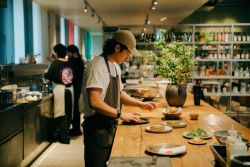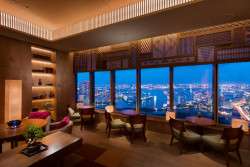
March 14, 2025
Why You Should Visit Fukushima in 2025
More than its past, Fukushima is rewriting its future—and it’s about time you saw it for yourself
For too long, Fukushima has been defined by those who have never set foot there—its name tied to the 2011 earthquake, tsunami and nuclear disaster. While the past cannot be erased, the present tells a different story. Having recently traveled through the prefecture, I can confidently say that Fukushima is not just safe—it is thriving. To visit Fukushima in 2025 is to witness a region not just recovering but reinventing itself, where resilience, tradition and innovation shape an inspiring future.
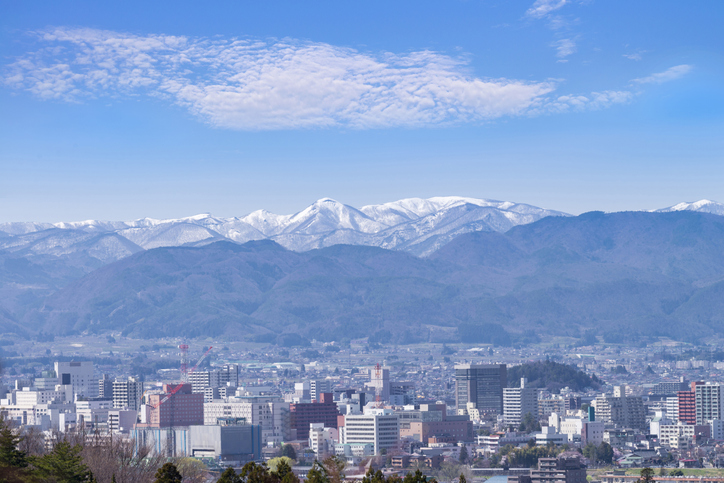
A History That Fuels the Future
In Futaba, the Town Story tour reveals streets once silenced by disaster, now alive with possibility. Shops cafes, and homestays stand as testaments to the tenacity of a community unwilling to be defined by tragedy. Nearby, the Great East Japan Earthquake and Nuclear Disaster Memorial Museum offers a compelling look at the events of 2011, but more importantly, it highlights the stories of those who stayed, those who returned, and those who rebuilt.
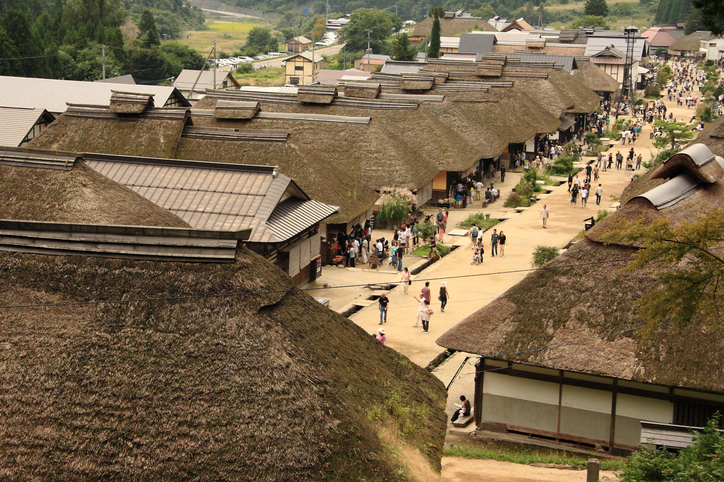
Safety remains a common concern, but science speaks louder than outdated fears. Radiation levels in Fukushima’s populated areas are closely monitored and consistently fall well within international safety standards—so much so that visiting the Fukushima Daiichi site exposes you to less radiation than the flight to Japan itself. The Decommissioning Archive Museum further dispels misconceptions, offering an in-depth look at the cleanup efforts ensuring the region’s safety.
Nowhere is Fukushima’s reinvention more evident than at J-Village, located on the border of Naraha and Hirono, just south of Futaba. Previously a crisis command center, it has reclaimed its original purpose as a premier soccer training facility. Youth teams train alongside professional athletes, international tournaments draw spectators, and travelers find a comfortable hub from which to explore Fukushima’s evolving landscape.
An Alternative to the Usual Japan Itinerary
Fukushima’s landscapes, untouched by time, offer an alternative to the typical Japanese travel experience. Riding horseback through the open fields of Noma Valley, or—if one prefers traveling by foot over hoof—then hiking misty inland mountains, are just some of the experiences available in the region. In Iwaki, fresh seafood lands on plates straight from the boats, proving that the region’s fishing industry is not just recovering—it’s thriving. At Wonder Farm, once-abandoned land has been transformed into fertile fields, producing some of Japan’s finest tomatoes, a testament to careful cultivation and community-driven innovation.

Perhaps nothing showcases Fukushima’s deep-rooted culture quite like the Sōma Nomaoi festival. Dating back over a thousand years, this three-day spectacle in Minamisoma brings history to life with warriors in full armor charging across fields on horseback, recreating ancient battle formations. Meanwhile, in the workshops of Obori Soma Pottery, artisans keep centuries-old traditions alive, ensuring that Fukushima’s cultural heritage doesn’t just survive—it flourishes.
A Community That Redefines Hospitality
But beyond history, landscapes and festivals, what left the greatest impression on me was the people. In Futaba, local firefighters—volunteers—risked their lives to protect their neighbors when the disaster struck. In Iwaki, I met a man who grilled 800 squids in a single day to feed residents at a disaster shelter—so determined to help that he fainted from the heat but kept going. These are not just stories of survival; they are stories of an unshakable commitment to community.
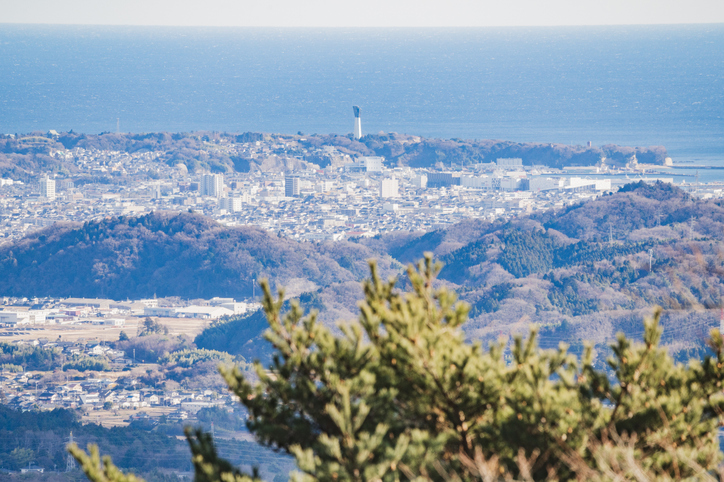
This warmth extends to visitors. Whether it’s a farmer sharing their journey of rebuilding, a potter eager to explain their craft, or a festival-goer handing you a cup of sake, the people of Fukushima embody a hospitality that turns every traveler into a welcomed guest. The narrative of Fukushima is no longer just about its past—it is about its future, and it’s one that deserves to be experienced firsthand.
Ready to visit Fukushima in 2025? Read more on Tohoku travel to expand your trip:
Ninomiya Rose & Japanese Garden
48 Hours in Tono and Hanamaki: Folktales, Food, and Festivals in Rural Japan
